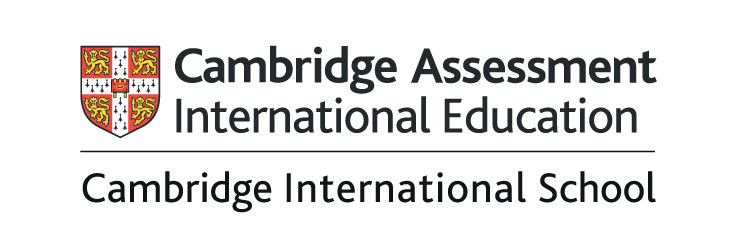
Lower secondary education follows on from the sixth and last grade of primary school. It is open to qualified learners aged 10 to 15 years old by September 1st of the school year. Learners who have earned a certificate of completion from a primary school and have met other criteria are qualified. They are identified by year levels – Year 7, Year 8, and Year 9 respectively.
Science
Through the SIS Science program, learners are molded to be adept at Biology, Chemistry, and Physics. During the course, students learn to observe, identify, describe, perform experiments, and do investigations about things around them. Sapere aude, little scientists!
Information and Communication Technology
Information and Communications Technology (ICT) helps the learners develop a solid understanding of how and why technology and communication are core to the world we live in. With a new focus on strengthening practical skills, learners apply their theory to real-life-scenarios- building core skills they will use in all areas of life.
Global English
As an international school, learners are geared to develop facility with both conversational and more formal English. Thus, SIS caters English as a Second Language (ESL) program in the curriculum. It presents realistic listening, speaking, reading, writing and other performance tasks similar to those students might encounter in the context of a first-language school. It is a cross-curricular, language-rich approach of learning which is definitely of standards.
Global Perspectives
SIS offers a new program, Global Perspective, which aims to develop the skills of research, analysis, evaluation, reflection, collaboration, and communication among our students. The program has a wide array of topics – from the simplest to the most complex, classical to contemporary, and personal concerns to world issues. SIS believes that in curiosity sparks innovation.
Mathematics
At SIS, whenever there is a number, there is beauty. Since mathematics is the music of reason, this program helps learners think analytically and have better reasoning abilities. The subject is divided into three main strands: number, geometry and measure, and statistics and probability. These strands overlap and improve numerical fluency. Isn’t it fun in a ‘numberful’ world?
 Sharon International School
Sharon International School